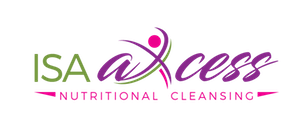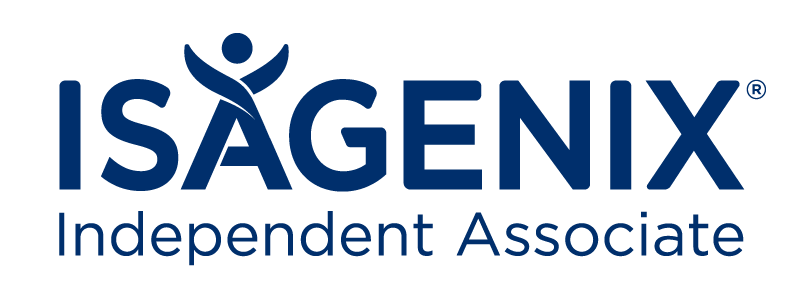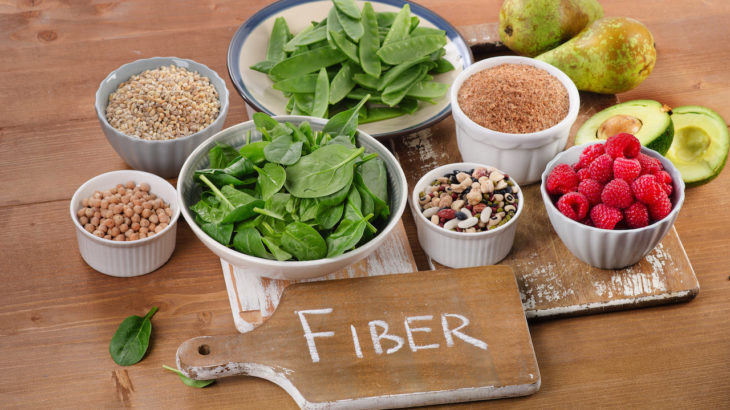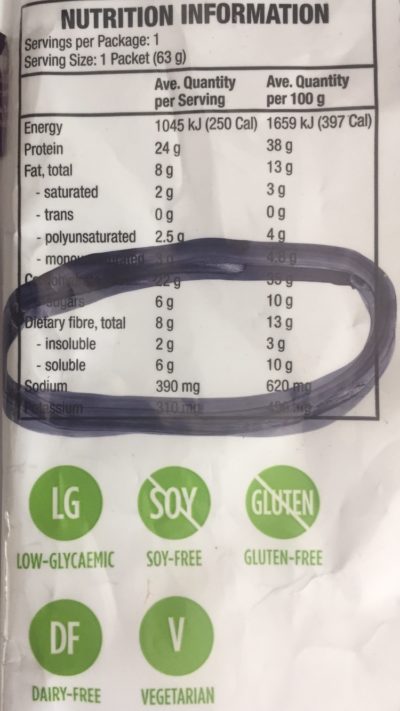What Is DIETARY FIBRE?
Dietary fibre is derived from the parts of plant foods that the body is not able to break down and digest. This is a good thing because these fibres will pass through the body undigested and act as scrub brushes that work to carry harmful carcinogens out of the digestive system. Many plant based foods are high in fibre and are healthy ways to get your daily fibre requirements.
Soluble and Insoluble are the two basic categories of dietary fibre. Soluble fibre is able to dissolve in water. Sources of soluble fibre are oats, barley, carrots, apples, citrus fruits, peas and beans. Insoluble fibre is not able to dissolve in water and therefore is able to move bodily waste through and out of the digestive system. Sources of insoluble fibre are whole-wheat flour, green beans, cauliflower, broccoli, sweet potatoes, and nuts.
BENEFITS OF DIETARY FIBRE
In addition to having a healthy digestive system, a diet rich in high fibre foods offers a number of other health benefits.
–High fibre foods reduce the risk of diverticulosis, the formation of small polyps in the colon, and hemorrhoids. As toxins are flushed out of the body by high fibre foods, the skin retains a healthy appearance.
–High fibre foods generally satisfy a person sooner than when eating low fibre foods. People feel full faster and stay full longer between meals. High fibre foods are also lower in calories, which can help with weight loss.
–Insoluble fibre softens the stool which makes it easier to pass out of the body and reduce the chances of constipation.
–Soluble fibres provide heart related benefits by helping to lower cholesterol levels, inflammation, and blood pressure levels. Soluble fibre supports normal blood sugar levels by slowing the rate that sugar is absorbed.
RECOMMENDED DAILY INTAKE OF FIBER
While adults and adolescents do eat some fibre every day, medical studies indicate that the majority of us do not get even half of the daily recommended amount of fibre nutrition which is so important for optimal health. There are different amounts of fibre gram intake for men and women, and for different age groups. The United States Department of Agriculture, Food and Nutrition Information Center, recommends the following daily minimum consumption of fibre.
For Men:
Adolescents and adult men between the ages of 14 and 50 need a daily minimum of 38 grams of fibre. Men over the age of 50 need a daily minimum of 30 grams of fibre.
For Women:
Adolescent females between the ages of 14 and 18 require a daily minimum of 26 grams of fibre. Women between the ages of 19 and 50 require a daily minimum of 25 grams of fibre. Women over the age of 50 require a daily minimum of 21 grams of fibre.
FOODS HIGH IN FIBER
There are lots of delicious foods that are high in dietary fibre and easy to fit into a daily eating routine. Fresh is always preferable to canned or frozen foods. Here are some of the most popular food high in fibre.
- Whole Wheat Spaghetti, Barley, Brown Rice, and Dry Wheat Bran
- Broccoli, Carrots, Green Beans, Cauliflower, and Cooked Spinach
- Green peas, Kidney and Lima Beans, Lentils, and Baked Beans
- Pears, Apples, Oranges, Bananas, and Fresh Strawberries
- Dry Roasted Peanuts, Raw Filberts, and Walnuts
Incorporating high fibre foods will help you achieve many health benefits including healthy digestive system, energy levels and even weight loss. When purchasing package goods including meal replacement shakes it’s very important to check the nutrition information on the back of the package. Below is a picture to show you what you should be looking for on the back of the package.
The picture above is the nutrition information for Isagenix dairy free meal replacement shake that contains 8g of fibre per serving, these shakes are an excellent plant based protein shake that is high in fibre and is dairy, gluten and soy free.



 Clicker ici pour un consultant Francphone.
Clicker ici pour un consultant Francphone.
